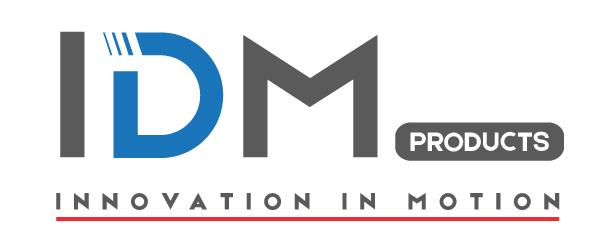Most business advice focuses on taming uncertainty – building resilience, predicting trends, and developing ironclad strategies. But what if the true key to executive success lies in something else entirely? What if, instead of resisting the rapid pace of change, we could learn to harness it for our advantage?
Here are some novel ways to rethink the way we approach constant disruption:
Change as Your Co-Pilot: Instead of seeing change as a force to be battled, start viewing it as an ever-present collaborator in your strategic thinking. Ask yourself: “How can this disruption create opportunities we might not have considered otherwise?” “What hidden strengths within our organization can it reveal?”
The Agility Mindset: Focus less on airtight, long-range plans and more on building a culture that embraces adaptability. Train your team to be comfortable with pivoting. Encourage calculated risk-taking and rapid prototyping of solutions. The goal isn’t to predict the future, but to create a workforce that can react swiftly and creatively to it.
Embracing the “Weird”: Disruption often comes through left-field technologies or seemingly outlandish business models. Foster a company culture that welcomes the unorthodox. Run ideation sessions specifically geared toward wild ideas – the further outside your comfort zone the better. You might be surprised where the next competitive advantage lies.
The Power of “What If?” Emphasize the importance of scenario planning. Encourage executives to dedicate time and resources to exploring extreme “What if?” situations that force them out of their comfort zones and uncover potential vulnerabilities and unexpected opportunities. This proactive approach can lead to surprising insights.
Building Antifragility: Reference the concept of antifragility as described by Nassim Nicholas Taleb—the idea that some systems actually get stronger when subjected to stress and volatility. Discuss how executives can build organizations with traits of antifragility (decentralized decision-making, tolerance for failure within limits, etc.).
Leveraging Cross-Industry Insights: Challenge executives to break out of their industry bubbles. Encourage them to study how disruption is playing out in wildly different sectors. Where are innovations happening that might eventually impact their own business? This helps leaders stay ahead of potential blind spots.
The Takeaway: In a constantly shifting world, the most successful executives won’t be those with the best plan, but those who’ve built the most responsive, creative, and even slightly chaotic organizations.
How is your company currently approaching change? Are there areas where you might benefit from experimenting with a more ‘change-positive’ stance?

